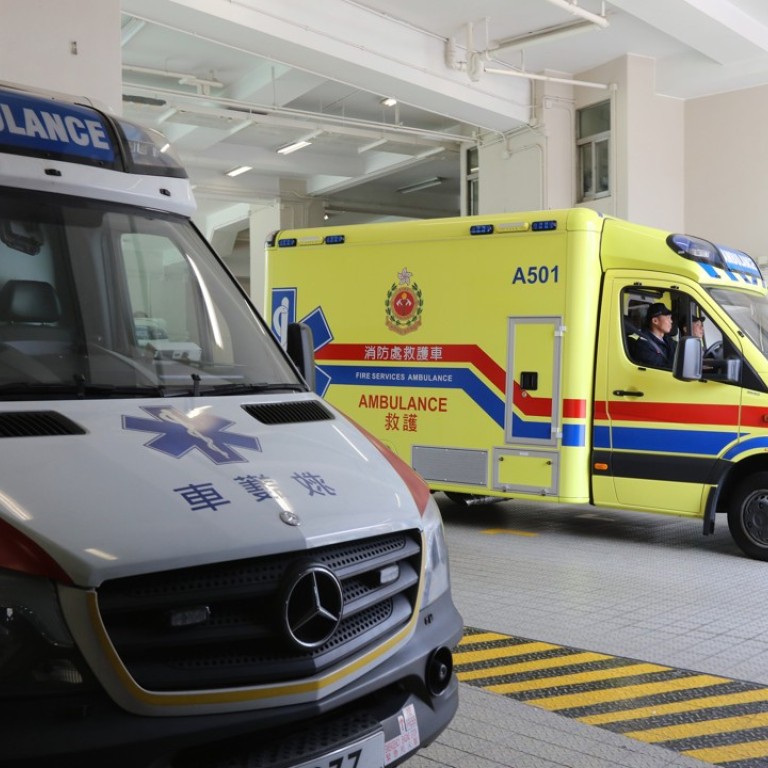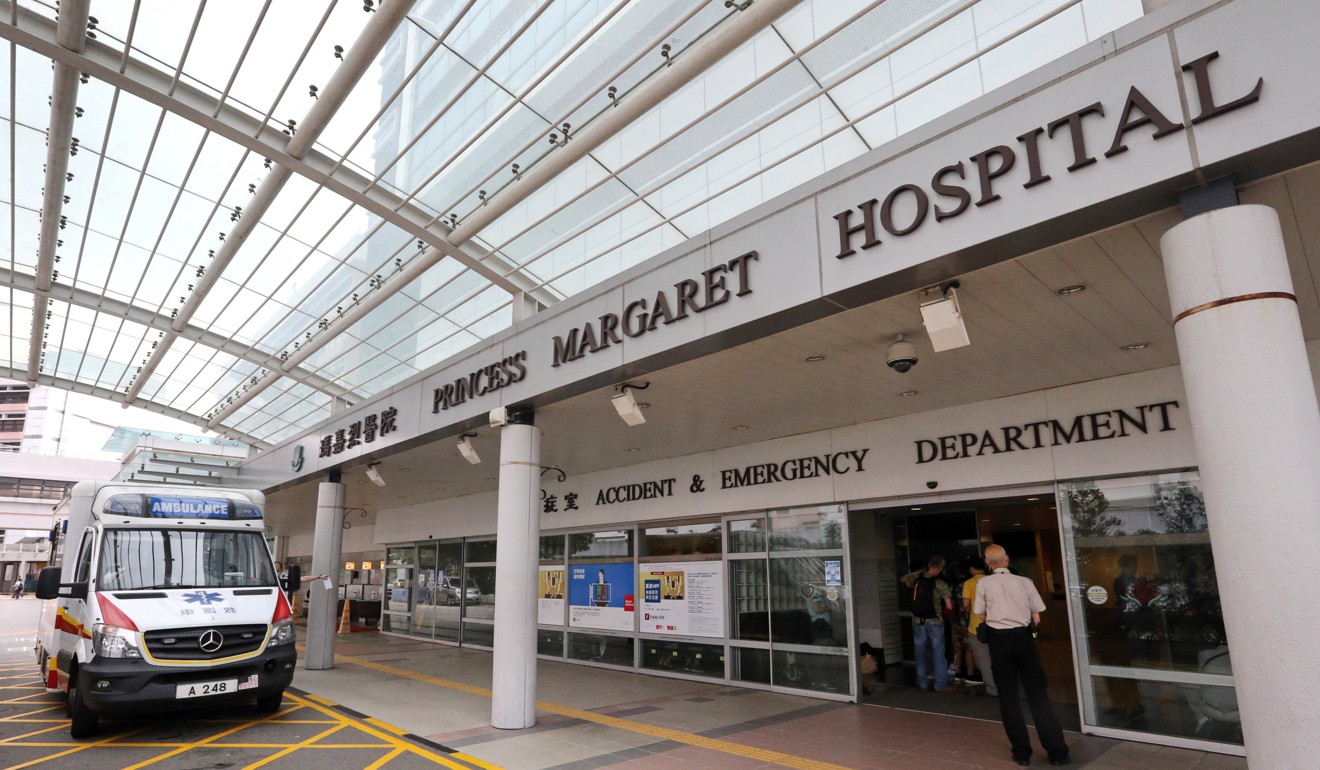
Stroke patients who call for emergency ambulance more likely to get medical help within treatment window, study finds
Public campaign to reduce the misuse of ambulance services may have influenced some stroke sufferers to avoid calling emergency services, prompting researchers to urge for better education on spotting symptoms
A public campaign to reduce the misuse of ambulance services may have influenced some stroke sufferers not to call emergency services to bring them to hospital when needed, according to a local study.
Research published in a Hong Kong Medical Jour nal article found that of 102 stroke patients who were admitted to hospital between January and June last year, fewer than half – 48 – were admitted to the emergency department by ambulance.
Some patients with stroke symptoms who did not call for an ambulance told researchers they believed there was always “someone who was in greater need of an ambulance”.
“Some patients felt they could still walk, so they chose to go to the hospital by private vehicle,” the study’s lead author Dr Lau Kwok-kwong told the Post. “They didn’t want to use the ambulance after the government asked the public not to misuse the service.”

The patients in the study were admitted to Princess Margaret Hospital’s acute stroke unit.
Since the mid-2000s, the Hong Kong government has run publicity campaigns urging people not to abuse emergency services, and only call them if necessary.
“Although the original message was not to misuse the ambulance service, the effect was long-lasting,” the article said.
But it highlighted the downside of such thinking and called for greater public education to help people recognise when they were having a stroke and to immediately call an ambulance to take them to the hospital.
Hong Kong woman dies and baby in serious condition in hospital after induced labour procedure
Doctors recommend that stroke patients receive treatment within 4½ hours after the onset of the condition. It would take one hour to complete the initial tests and scans at the hospital, further narrowing the window.
The study found that for the 48 patients who were sent to the hospital by ambulance, only slightly more than six in 10 of them managed to get treatment within the recommended therapeutic window of 4 ½ hours after onset of stroke symptoms. But for those who travelled to the hospital by other means, the figure dropped to around just three in 10.
The study also looked at the period of time for one to call for help after stroke symptoms appeared.
While ambulance users took about 1½ hours, to call the emergency services, it took 12 hours for non-ambulance users to reach out for help.
Hong Kong must follow Japan’s lead and prepare for the 100-year life
Overall, ambulance users also spent less time in arriving at the hospital’s emergency department and waiting for medical consultation, when compared with non-ambulance users.
Lau, who is also president of the Hong Kong Neurological Society, said more should be done to educate the public on the symptoms of strokes and increase their chances of receiving timely treatment.
He said symptoms included slurred speech, a drooping face and weak or numb limbs. Lau said if someone is experiencing one or more of those symptoms, they should call an ambulance and head to a hospital.
“One should call the ambulance even if they are just feeling a bit uncertain,” said Lau. “Ordinary people should be allowed to be inaccurate sometimes when calling for an ambulance.”
According to information from the Hong Kong Stroke Fund, stroke is the number four cause of death in Hong Kong and kills about 3,000 people a year in the city.

